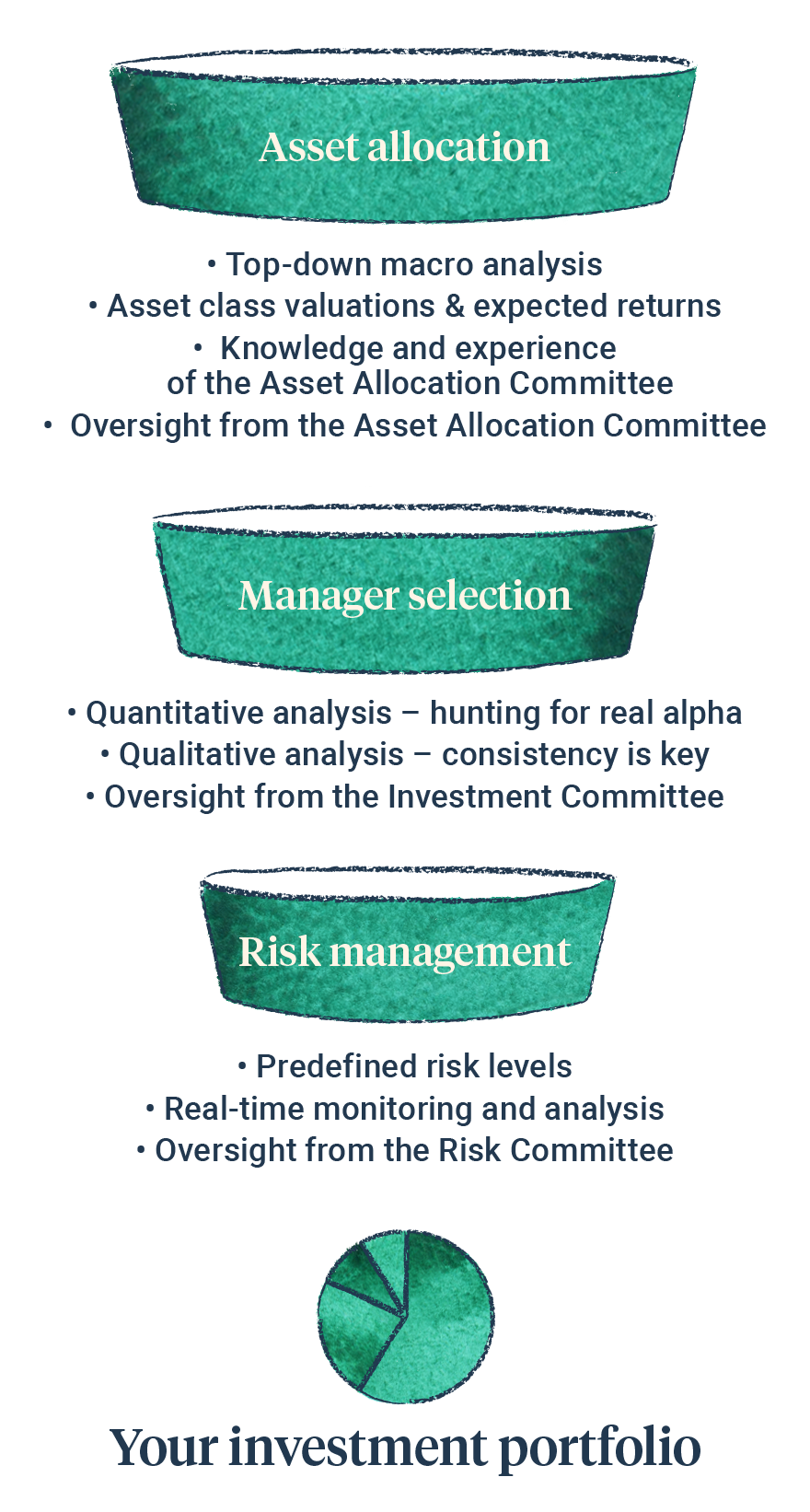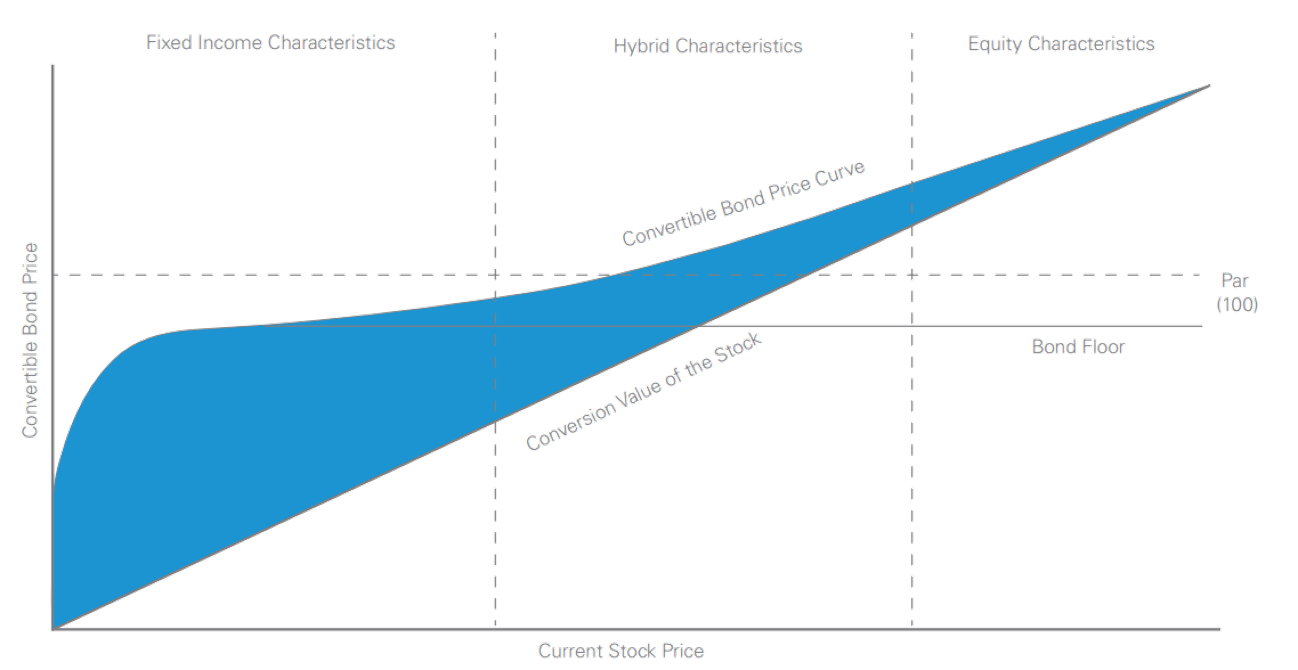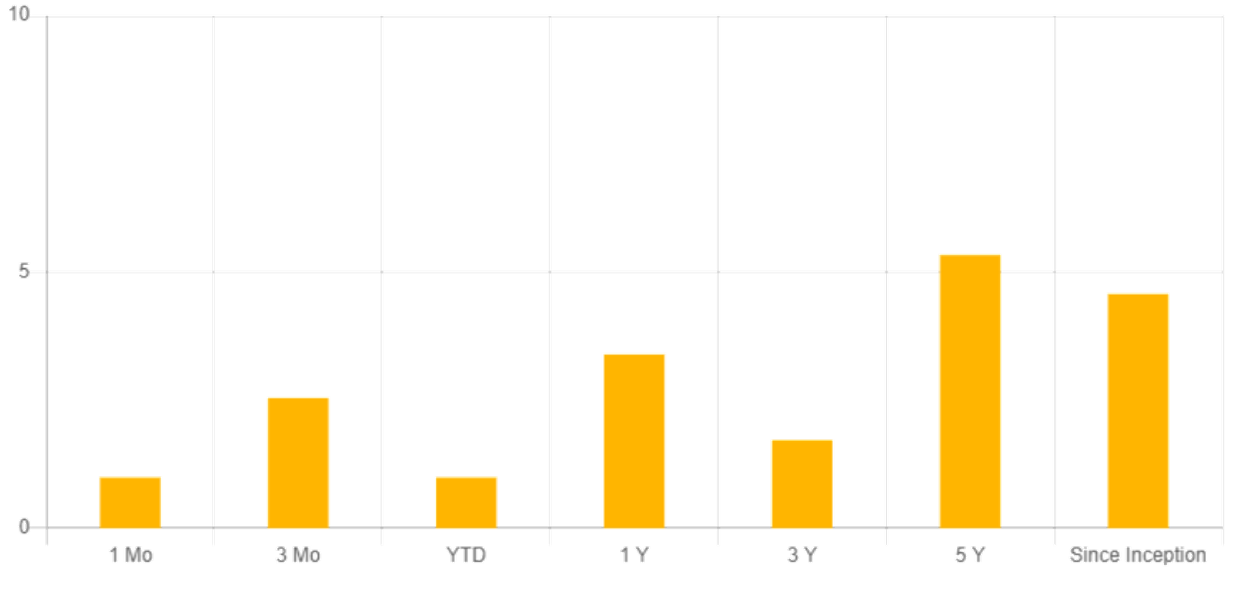Growth (economic)
Inflation appears to be under control, the global economy remains resilient. Many economies are slowing but assessment of recent growth, employment markets, corporate profits, and forward looking economic indicators, give us confidence that slowdowns appear manageable, and the outlook has been improving.
The key issues investors are grappling with are economic ones: is inflation under control? Are economies holding up? Will we see recessions, and if so where, and what shape will they take? Will geopolitical tensions worsen the outlook? What do these mean for the path of interest rates and what investments are likely to prevail?
Taking these in turn, inflation appears to be under control in most major economies, consumer price rises have slowed significantly over the last year for most regions. Consumer Price Indices (“CPI”) readings show USA 3.1% current (6.4% a year ago), Britain 4% current (10.1% a year ago), Euro area 2.8% (8.5% a year ago), Japan 2.6% (4% a year ago). China is now in deflation with -0.8% current (2.1% a year ago) but recent Chinese policy should provide a lift. Note however, that lower positive numbers still indicate higher prices, but the evidence shows that the speed of price increases has slowed significantly, indeed when paired with other inflation readings (CPI isn’t the only measure), inflation appears to be under control for now.
Despite continued (but slower) price rises and lingering geopolitical tensions, most economies are holding up. Gross Domestic Product (“GDP”) readings essentially quantify how much stuff is produced and sold in an economy in a given period (services as well as goods). GDP readings show a mixed bag, but in the main are significantly stronger than many predicted would now be the case. Selected recent GDP readings are: USA 3.1% current (1% a year ago), Britain -0.2% current (0.4% a year ago), Euro area 0.1% (1.9% a year ago), Japan 1% (0.6% a year ago), China 5.2% (2.9% a year ago).
Looking ahead, the IMF expects global growth to fall from an estimated 3.5% in 2022 to 3% in 2023 and 2.9% 2024, below the historical (2000-19) average of 3.8%, but positive growth nonetheless. It forecasts emerging and developing economies to grow more quickly than this, at 4.1% (2022), 4% (2023) and 4% (2024).
Unemployment remains at or near historic lows in the USA (3.7%), Britain (3.8%), Euro area (6.4%), Japan (2.4%), and China (5.1%). Labour markets remain strong in our view.
Leading indicators are used to forecast future economic activity, one of the most popular being Purchasing Manager Indices (“PMIs”) which are monthly surveys of business executives who make orders for their companies. Readings below (above) 50 indicate economic contraction (expansion).
The latest PMIs for various regions are Global (50), US (51), UK (47), Japan (48), Europe (46), Emerging Markets (51). All these numbers have increased or stayed the same since the previous committee meeting two months ago. The data agrees with other readings we follow, supporting our view that economic conditions continue to improve, economies appear to be slowing but in a measured and manageable way, so recessions are likely to be shallow or avoided.
Geopolitics continues to present a risk. The committee acknowledges a lack of informational advantage in this area, it doesn’t pretend to know what will happen. For now, economic impacts appear to be known and manageable on a global basis, even if very damaging in some isolated cases. We remain watchful and ready to respond to emerging threats.
Interest rate & liquidity environment
Most major economies have been raising interest rates in an attempt to cool inflation. However, interest rates are not expected to move much higher because inflation has been falling. The committee thinks the worst of the hiking cycle is behind us. That said, the risk of a policy mistake by central bankers is elevated in our view. Reduce rates too soon and inflation could rise again, as was the case in the 1970s/80s. But keeping rates too high for too long could damage companies and consumers with high debt levels. This is a difficult balancing act, especially since the impact of higher rates generally takes 12 to 24 months to be felt. Chinese policymakers have recently provided substantial support, easing conditions, boosting liquidity (and therefore growth and inflation, both within China but also its trading partners).
Valuations & earnings outlook
At the global level, corporate earnings have been resilient, and higher than expected in many areas. Global profit margins have remained robust, despite rising prices and borrowing costs.
US companies remain significantly more profitable than other regions. Corporate earnings in the United States recently reached an all-time high, and analysts expect robust earnings growth next year (+9.6%). Earnings in the UK have been falling (-13.4%) but analysts currently expect a modest recovery next year (+3.4%). For other developed markets, Japan is a standout performer for profitability, with corporate earnings expected to grow 11.7% this year. Earnings within emerging markets earnings fell in 2023 (-3.9%), but analysts expect a strong recovery next year with +16.4% expected earnings growth for 2024.
The US stock market is the only major region that is meaningfully overvalued compared to history, investors are prepared to pay more for companies listed in the US in general, and especially for those expected to profit most from new technologies (e.g. artificial intelligence). The UK stock market is very cheap compared to history, trading about 20% more cheaply than its 10-year average (price to earnings ratio).
Assessing the value of different asset classes compared to historical patterns indicate that investors are now pricing in a lower probability of recession than previously, which in the committee’s view is supported by the data. However, many assets are still trading significantly more cheaply than others, for example smaller company stocks (especially the UK and mainland Europe), as well as many emerging and frontier markets.
Sentiment / flows
Predicted stock market volatility has been fairly low over the last twelve months, the widely followed VIX index rarely edged above its long-term average of 21 throughout 2023 (currently at 14.5). Readings above 30 generally indicate fears of large drawdowns in stocks. Stock market momentum is pointing upwards in many markets as investors have been more risk-on, because economic conditions have turned more positive.









